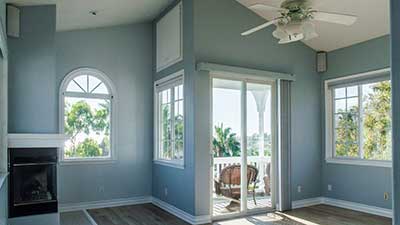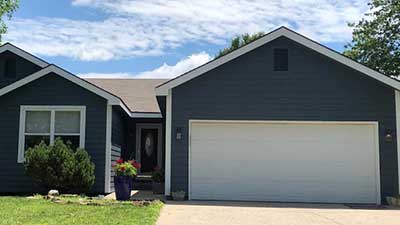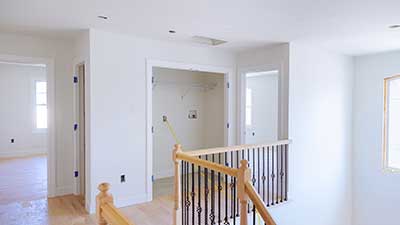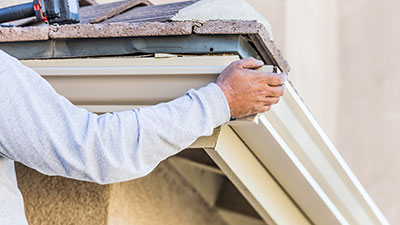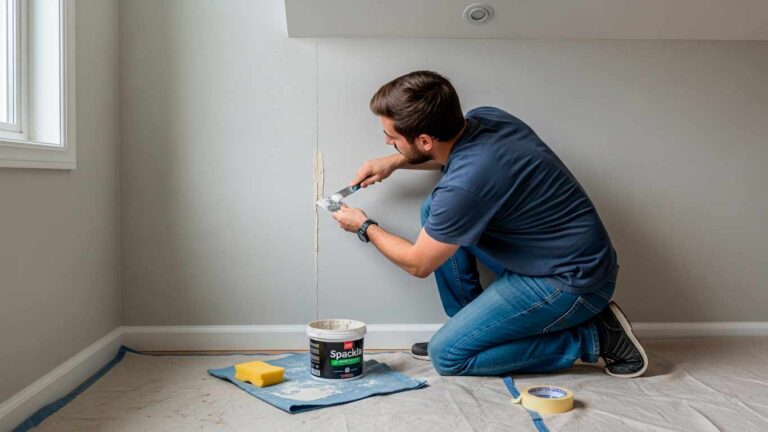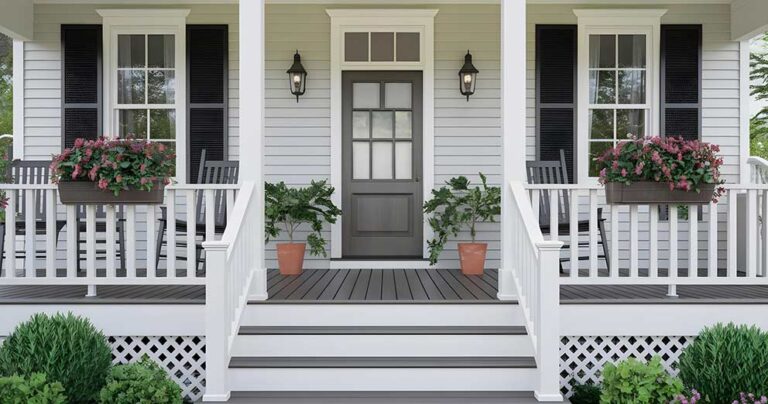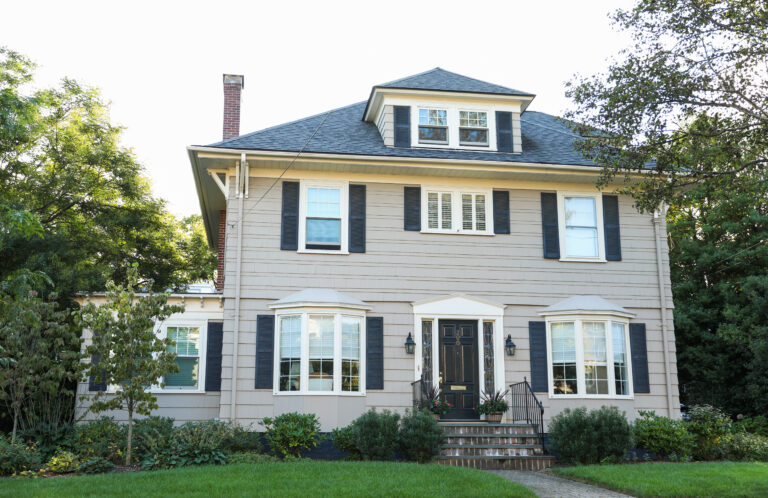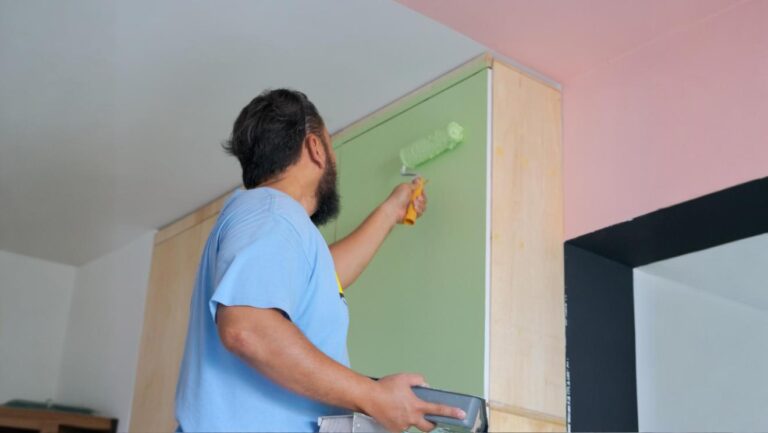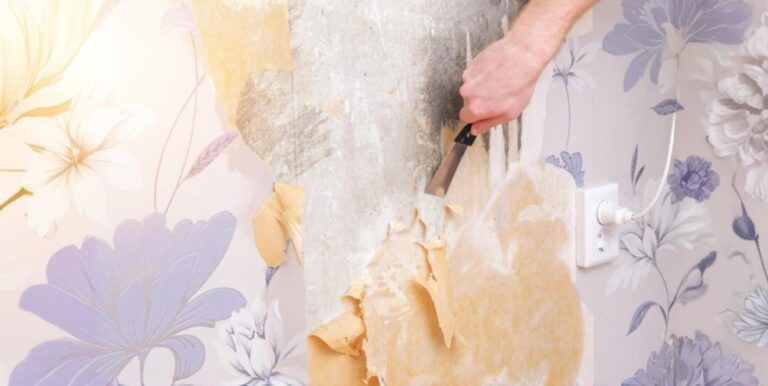Painting a room is a project that some homeowners try to tackle on their own. But how long does it take to paint a room? The answer to that question depends on several factors, including the size of the room, the number of walls, the type of paint, and the painting technique used. In this blog post, we’ll break down all those factors so you can have a better idea of what to expect when painting your own home.
How Big Is the Room?
The first factor to consider is the size of the room. An average room size is about 432 square feet according to the National Home Builder Association. For most painters, this room size takes about 4-6 hours from start to finish including preparation and cleanup. On average, it takes forty seconds to paint per square foot. When you hire professional painters, they can do it in half the time!
To get a better idea of how long it will take to paint your specific room, try this quick calculation:
Number of walls x height of walls x width of walls / 100 = gallons of paint needed. For example, if you’re painting a 10×10-foot room with 8-foot ceilings, you would need 0.80 gallons of paint. Most cans of paint contain around 1 gallon, so for this size room, you would likely only need one can.
Now that you know how much paint you need, you can estimate the amount of time it will take to apply it by using this formula:
Gallons of paint x 8 / hour = hours to complete Using our previous example, 0.80 gallons x 8 hours = 6.4 hours. This means that, assuming you have everything else ready (more on that in a minute), you should be able to complete the job in just over six hours. Of course, this is just an estimate—the actual time may be slightly less or more depending on your individual painting speed.
Of course, these are just estimates; the actual time to complete the paint job will vary depending on your individual circumstances.
Prep Work
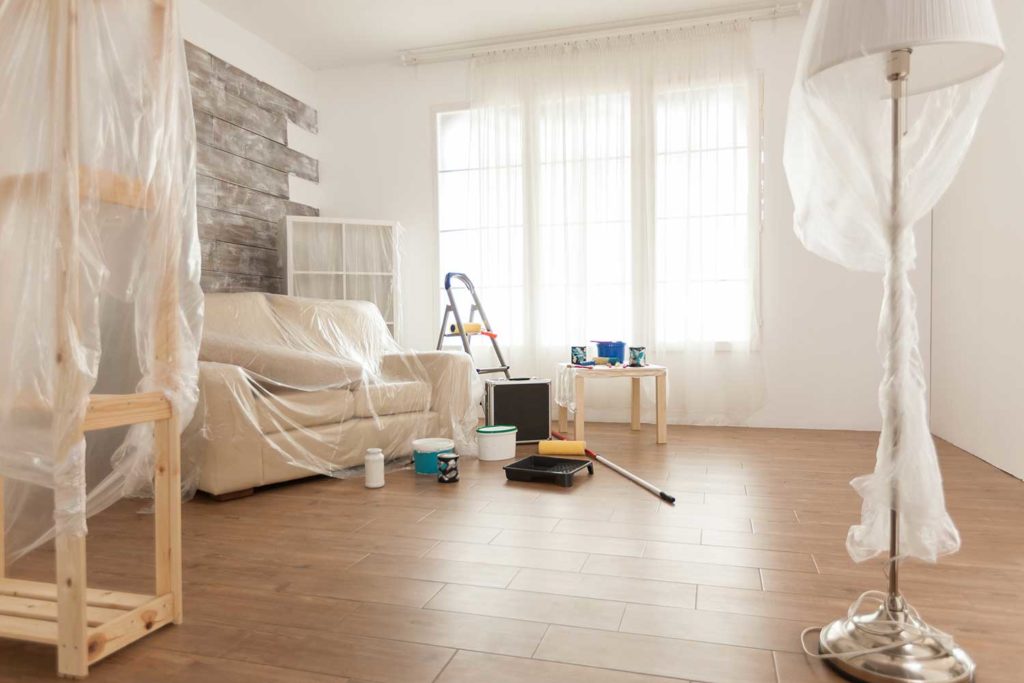
The first step to paint a room is prep work. This includes tasks such as removing furniture from the room, laying drop cloths to protect surfaces that will not be painted (such as flooring), and repairing any damage to the walls (such as cracks or holes). All of this work can take quite a bit of time, especially if you are working alone.
Depending on the condition of the walls, prep work can also include sanding (to create a smooth surface for the paint to adhere to) and priming (to help cover dark colors or stains). These tasks can add even more time to the painting project.
Number of Walls
Another factor to consider is the number of walls. If you’re only painting one wall—perhaps as part of an accent wall—you can obviously do that much faster than if you’re painting all four walls in the room.
Type of Paint
The type of paint you choose will also play a role in how long it takes to paint a room. For example, Latex paint is the most common type of paint and it’s easy to work with and cleaning up is a breeze. Acrylic paint dries quickly but doesn’t provide as much coverage as oil-based paint. So if you’re using a light color, you may need to apply several coats of acrylic paint to get even coverage. On the other hand, oil-based paint takes longer to dry but provides better coverage, so you may only need one coat.
How many colors are you using?
If you’re painting an entire room in one color, then you can likely finish the job quicker than if you divided the space up into multiple colors. However, if you’re planning on painting stripes or another design onto your walls, that will obviously take more time.
The Right Tools for the Paint Job
Another factor that can influence how long it takes to paint a room is the type of painting tools you use. If you opt for paint brush instead of rollers, for example, the job will undoubtedly take longer since brushes require more time to evenly distribute paint onto surfaces.Synthetic-bristle rollers also tend to work more quickly than natural-bristle ones since they don’t absorb as much paint and can cover larger areas more quickly.Choosing quality tools can also help save time by reducing the number of trips back and forth to the paint store for touch-ups or repairs—so don’t skimp!
Tip: When painting trim or other small details with a brush, use an angled sash brush instead of a standard flat brush. These brushes are designed specifically for cutting in clean lines around trim and are shorter than standard brushes, so they’re easier to maneuver in tight spaces.
Tip: Use painter’s tape rather than masking tape when taping off areas like baseboards or trim—it’s specifically designed not to pull off paint when removed and can usually be left in place for up to 14 days without damaging surfaces beneath it.
The Best Time for Painting project
While there’s no definitive answer for when the “best” time is to paint your room, there are certain times of year when painting may be more convenient (or less convenient) depending on your climate. For example, if you live in an area with cold winters, it’s probably not going to be ideal to try and tackle a painting project in January. The same goes for areas with hot summers – August might not be the best month for painting if you don’t have air conditioning in your home!
In general, spring and fall tend to be ideal times for exterior painting projects since the weather isn’t too hot or too cold. For interior projects, mid-late spring or early fall might work best in most climates since windows can be left open during those times of year without risking too much heat or cold entering the home. Of course, this may not always be possible depending on your schedule so ultimately it comes down to what works best for you. Just remember that trying to paint when it’s too hot or too cold outside can make the job harder (and take longer) so take that into consideration when planning your project timeline.
DIY or Hiring Professional Painters?

When it comes to painting a room in your home, you may be wondering if it’s better to hire a professional painter or do the job yourself. There are pros and cons to both, so it really depends on your specific situation.
If you decide to paint the room yourself, keep in mind that it will probably take longer than if you hired a professional. The prep time, priming, and painting is a time consuming process. You also need to be careful not to use too much paint, as this can lead to a mess.
Professional painters usually have painting techniques that the average person does not know. On the other hand, if you’re working with a professional painter, the process will be much smoother and faster. Professional painters have the experience and expertise to get the job done quickly and efficiently. They also have access to high-quality painting materials that can help ensure a beautiful, long-lasting finish.
Once the job is done, the painter will clean up their materials and remove any painter’s tape, put switch plates and pictures back, and move the furniture back in. Then, all you’ll have to do is sit back and enjoy your newly painted room!






